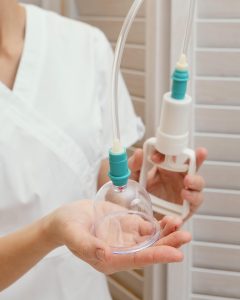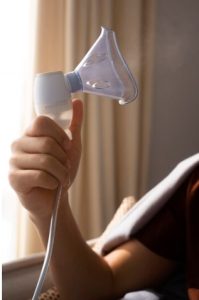Breast pump is a essential tool for many breastfeeding mothers. It provides convenience and flexibility for breastfeeding mothers. This article explores what breast pumps are, their functions, their types, how they work, how to use high efficiency, and tips for choosing .
1. What is a breast pump? 
A breast pump is a mechanical device that helps lactating mothers to extract milk from the breast. Its role mainly includes the following aspects:
1. Store breast milk
To provide convenience for mothers who are not convenient to feed directly at work or go out, milk can be extracted in advance and stored in the refrigerator or freezer for the baby to eat at any time.
1.1. Relieve breast discomfort
In cases of excessive breast milk, breast tenderness or blocked milk, a breast pump can help relieve discomfort and prevent mastitis from occurring.
1.2 Stimulate milk secretion
For postpartum mothers with insufficient milk secretion, the breast pump can help stimulate the mammary gland and promote milk production by simulating the sucking action.
1.3 Help with transition feeding
If the baby is temporarily unable to suck effectively due to premature birth or other reasons, a breast pump can help the continuation of breastfeeding until the baby is able to suck directly.
1.4 Freedom to breastfeed
It provides opportunities for family members who need to share feeding tasks. It can store breast milk to feed the baby and reduces the stress of the mother.
2. Types of breast pumps 
Breast pumps come in various types, each catering to different needs:
2.1 Manual Breast Pumps
These are hand-operated pumps. They are lightweight, affordable, and ideal for occasional use.
2.2 Electric Breast Pumps
Powered by batteries or an electrical outlet, these pumps are efficient and suitable for regular use. Some models allow double pumping, saving time.
2.3 Hospital-Grade Pumps
These high-performance pumps are often rented. They are designed for mothers with specific medical needs or those establishing milk supply for premature babies.
2.4 Wearable Breast Pumps
These pumps fit inside a bra, allowing mothers to pump hands-free while on the move.
3. How does a breast pump work? 
Breast pumps mimic a baby’s sucking action to stimulate milk flow. Most pumps have the following components:
– Flange: A shield that fits over the nipple and areola.
– Pump Mechanism: Creates suction to extract milk.
– Collection Bottle/Bag: Stores the expressed milk.
Using a breast pump effectively
- Choose a manual or electric breast pump according to your needs.
- Stay Hydrated: Drink plenty of water to maintain milk supply.
- Choose a private and relaxing environment to pump.
- Keep the equipment clean and disinfect it thoroughly before and after use.
- Follow the correct frequency and length of pumping to avoid over-stimulation of the breast and discomfort
4. Tips for choosing a breast pump
When selecting a breast pump, consider:
- Frequency of use: Choose an electric pump for regular use or a manual pump for occasional pumping.
- Portability: Lightweight and compact designs are ideal for travel or work.
- Comfort: Look for adjustable suction levels and flange sizes.
- Budget: Manual pumps are generally more affordable, while electric models and wearable pumps tend to be pricier.
- Noise Level: Some pumps are quieter than others, which may be important for discreet use.
Conclusion
Breast pumps are invaluable tools for breastfeeding mothers, offering flexibility and support during the breastfeeding journey. By understanding breast pumps and using them correctly, mothers can ensure a positive and effective experience.
LIKE has collaborated with many brands on breast and has rich experience in the production of breast pumps. LIKE also supports customization of silicone and plastic products. If there is a production demand, you can contact LIKE.










